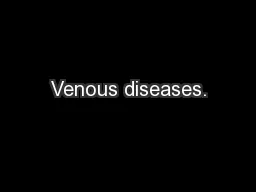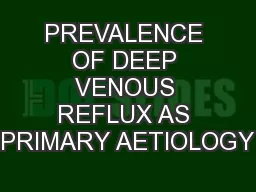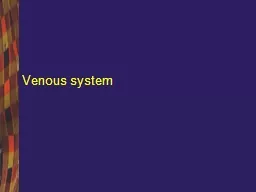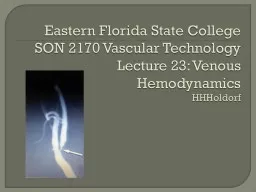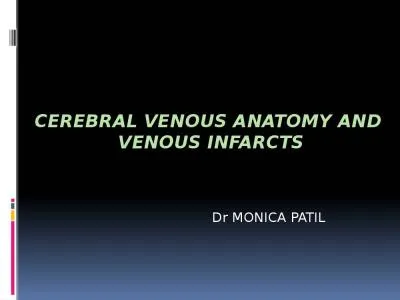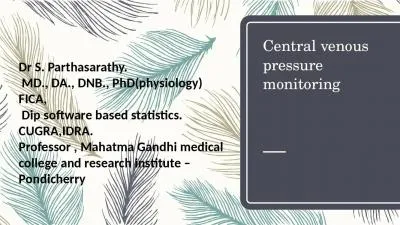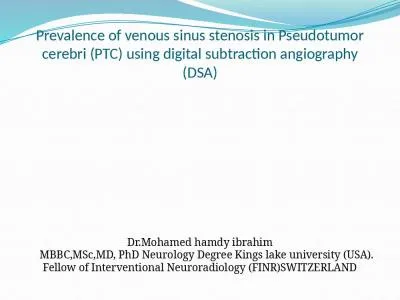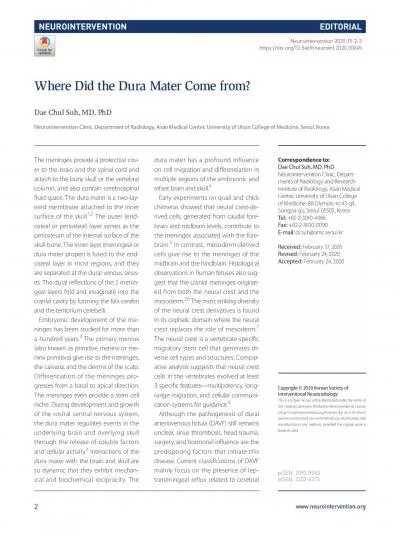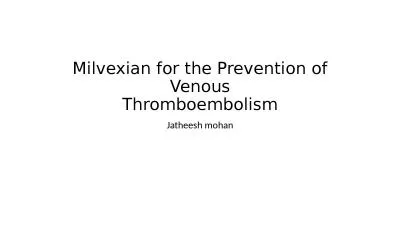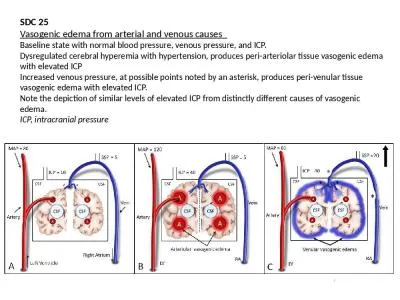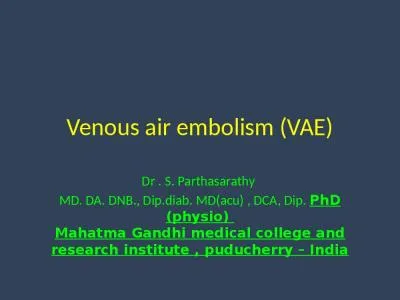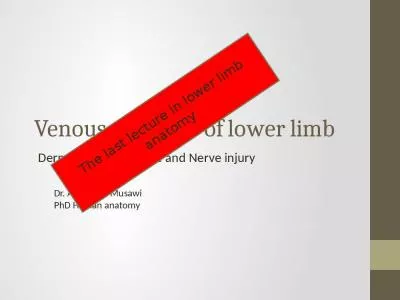PPT-Venous diseases.
Author : stefany-barnette | Published Date : 2018-01-12
Dr shweta S Phadke CHRONIC VENOUS INSUFFICIENCY CVI CVI Occurs when the vein valves become dysfunctional and impairs venous blood return Affects up to 20 of adults
Presentation Embed Code
Download Presentation
Download Presentation The PPT/PDF document "Venous diseases." is the property of its rightful owner. Permission is granted to download and print the materials on this website for personal, non-commercial use only, and to display it on your personal computer provided you do not modify the materials and that you retain all copyright notices contained in the materials. By downloading content from our website, you accept the terms of this agreement.
Venous diseases.: Transcript
Download Rules Of Document
"Venous diseases."The content belongs to its owner. You may download and print it for personal use, without modification, and keep all copyright notices. By downloading, you agree to these terms.
Related Documents

